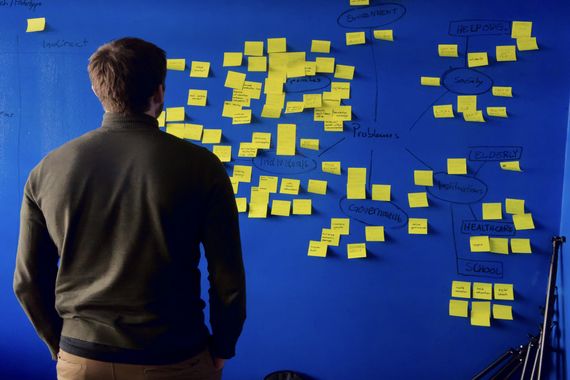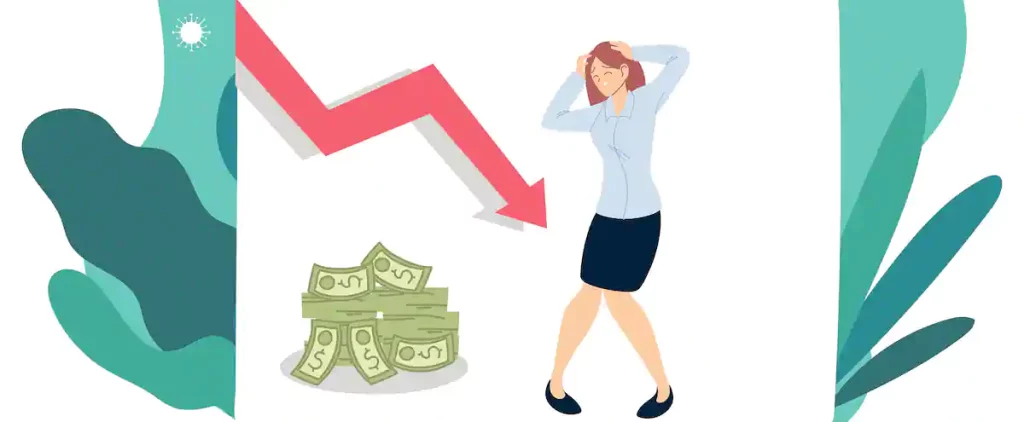Annabelle was laid off during the pandemic. This situation not only caused her financial problems, but also plunged her into depression, in addition to creating tension with her family.
The 29-year-old tried to find a job, but to no avail. Although she has a college degree, she has not been able to get a job in her field.
It must be said that during successive periods of detention, many companies had to limit or stop their activities, which made the task more difficult for him.
Quick Loans at Expensive Cost
Claimed by employment insurance, Annabelle receives $1,780 per month. Although her budget is tight, she can still afford that amount, but she has accumulated outstanding balances on her credit cards ($9,000) and personal line of credit ($33,000).
To make ends meet, she also took out several quick micro loans totaling $1,200. An amount that continues to grow due to the exorbitant 30-40% interest rates charged by these alternative lending companies.
“When she came to consult us, Annabelle was no longer able to make the minimum monthly payments on her debts and collection agencies started harassing her,” says Pierre-Olivier Dubois, Director of Financial Recovery (Consumers) at Raymond Chabot. .
After reviewing her profile and budgeting, the expert also discussed her short, medium and long-term career prospects, as well as potential projected income.
Take back control of your money
The first solution considered was debt consolidation. This loan granted by a financial institution makes it possible to collect all debts and make only one payment per month.
This formula is easier to manage than multiple payments to multiple creditors. Unfortunately, since she is unemployed and her credit report has been marred by her heavy debt burden, the bank refuses to give her the loan.
Then Pierre-Olivier Dubois suggested two other options: consumer offer and bankruptcy.
Wanting at all costs to avoid the latter, Annabelle preferred to choose the proposal. Managed by a trustee, it allows you to pay all creditors at once, but only one monthly payment, without interest, and over a maximum of 60 months.
“The amount shown in the offer takes into account the person’s budget and allows them to regain control of their finances,” says the financial recovery manager. In Annabelle’s case, it was agreed with her creditors that she would pay $200 per month for five years.
In addition, if the young woman finds a job, she will also have the possibility to pay off the offer more quickly and thus rebuild her credit faster. For now, its credit rating will be R-9, the worst, until the end of the show, after which it will move to R-7 for three years.
financial status
Origins:
- Financed car value 6500 dollars
Consumer debt:
- Credit card : $9,000
- Personal credit limit: $33,000
- Alternative Loans (interest rate 30-40%): 1200 dollars
total debt: 43,300 dollars
Monthly income :
- Employment insurance: $1,780
Monthly expenses:
- $1,780 (Including rent, telephone, electricity, insurance, groceries, licensing and registration, gas, consumer proposal reimbursement, etc.)

“Music guru. Incurable web practitioner. Thinker. Lifelong zombie junkie. Tv buff. Typical organizer. Evil beer scholar.”




:format(url)/cloudfront-us-east-1.images.arcpublishing.com/lescoopsdelinformation/6EMKJVECS5DDBDHWA56Y3BNEKM.jpeg)


More Stories
Food intolerance: tests out of reach
Mont Sainte Anne: The world champion asks the Prime Minister to intervene
Bas-Saint-Laurent: 10 service centers in Desjardins will close their doors